Security and peace of mind: STANDY PRO LoRa Subscription-Free Alarm Kit for Home and Business
Extended and Total Protection: Up to 500 meters with Technology LoRa
Protect your home like never before with the STANDY PRO LoRathe latest-generation alarm that reinvents security. Thanks to its LoRa innovative, enjoy an impressive range of 500 metres in free field, i.e. five times more than conventional alarms 100m away. Ideal for large homes, isolated properties or extensive gardens, the STANDY PRO LoRa ensures seamless communication between the control unit and all your sensors and detectors, even in remote areas.





Stay Connected When Events Happen
Experience a seamless and immediate connection thanks to your alarm's 4G+ two-way communication features (SIM card optional). Be informed in real time via SMS and notifications when events occur. Whether you're monitoring the security of your home or notifying your loved ones in real time, our system ensures that you're always just a simple SMS, notification or voice call away from being informed and involved, giving you peace of mind and total security. The alarm control unit STANDY PRO LoRa allows you to add up to 5 telephone numbers for event reception.
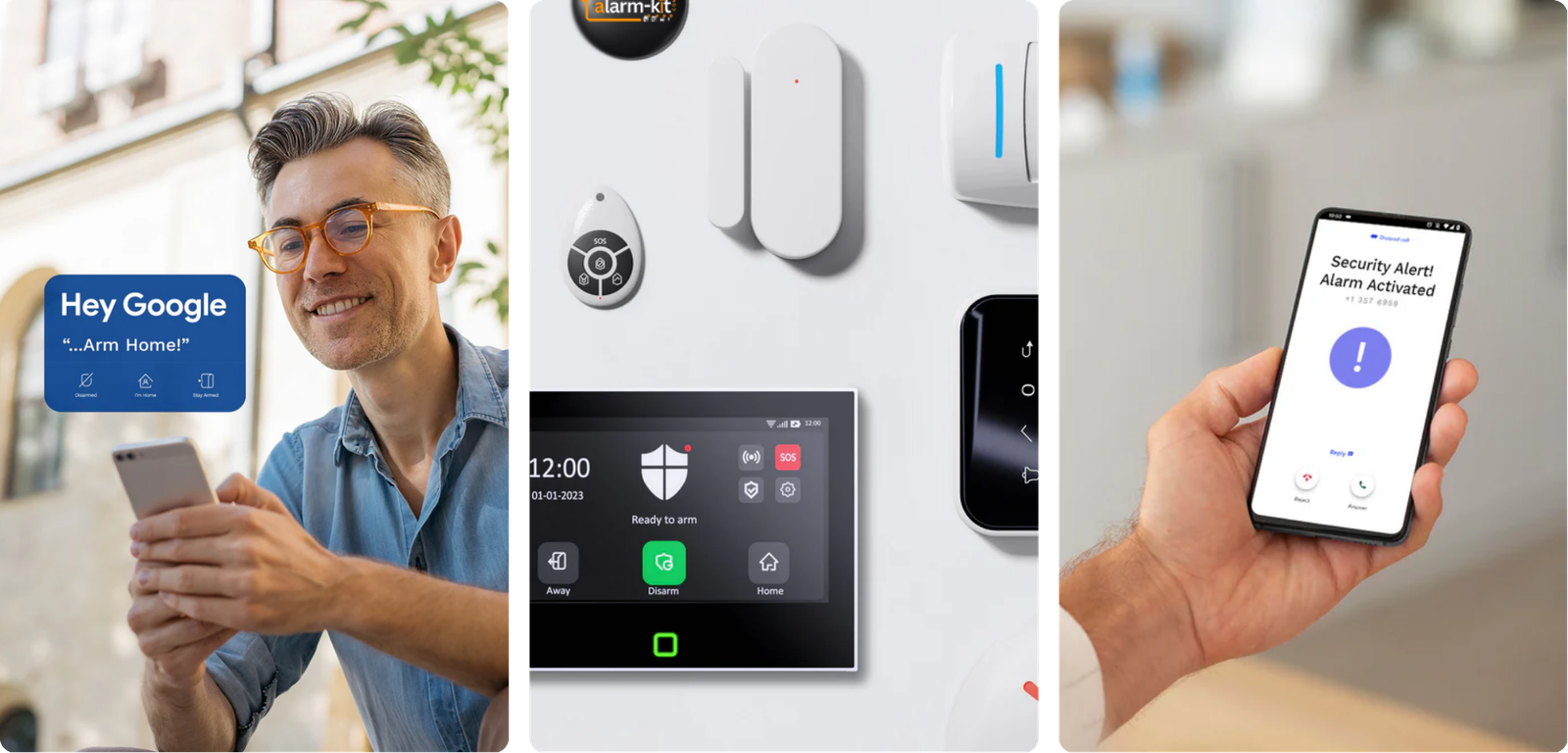
Intelligent and Customized Control
Thanks to the Tuya or Smart Life app, available on iOS and Android, the LoRa + 4G Wireless Alarm Kit allows you to customize security settings to your specific needs. Receive instant notifications on your smartphone in the event of intrusion detection or suspicious movement. What's more, the ability to connect various additional accessories, such as surveillance cameras and smoke detectors, makes this kit extremely adaptable and upgradeable. Live with peace of mind, knowing that you can monitor and control your security at the touch of a finger.
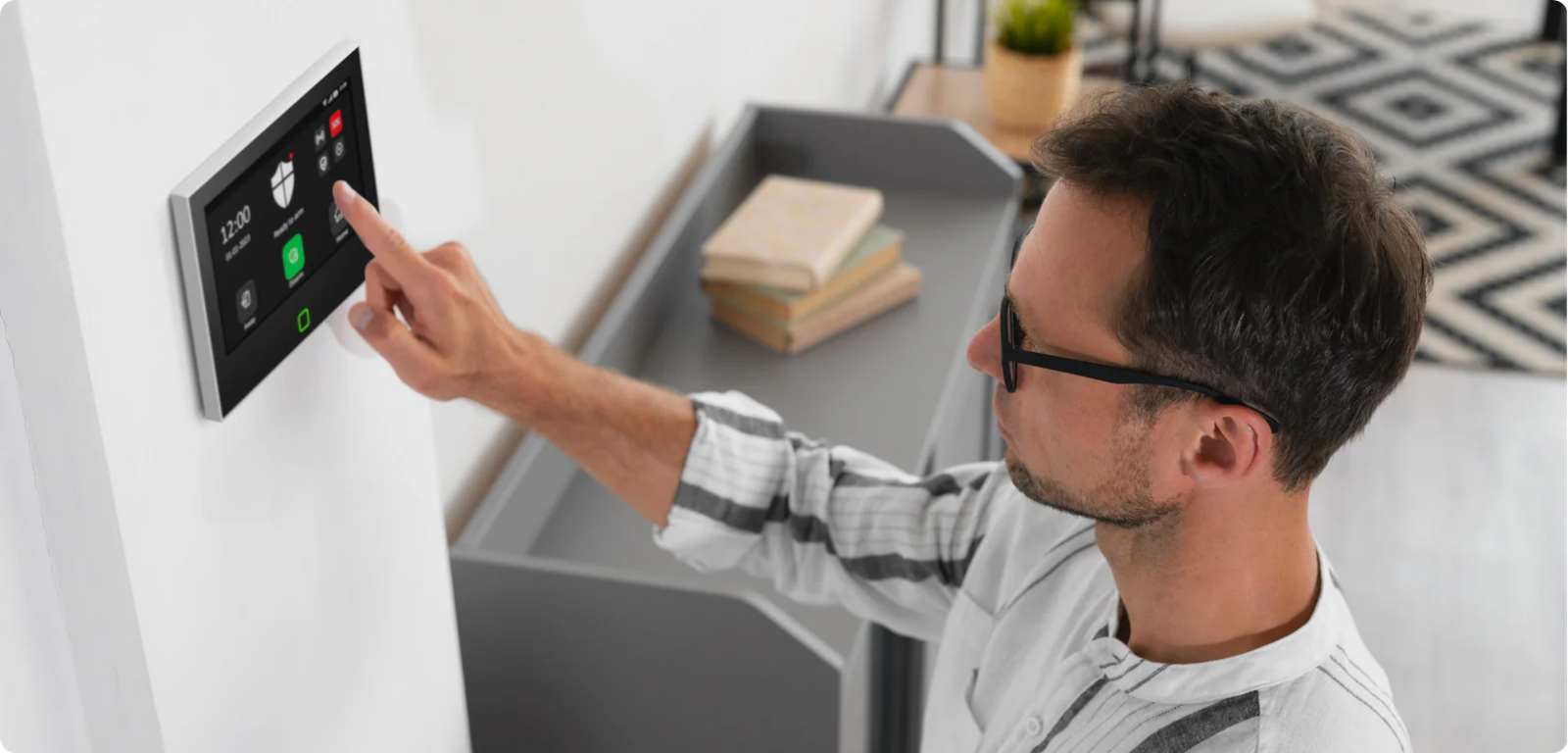
Easy installation and discreet design
Visit Wireless Alarm Kit STANDY PRO LoRa and 4G (SIM for No-Subscription Alarm not included) is distinguished by its compact, unobtrusive design, blending in perfectly with any décor without attracting attention. Installation is child's play: attach the wireless detectors and sensors to strategic locations in your home or office, connect them to the free Tuya or Smart Life app, and voilà, your security system is ready to go. With extended battery life, you don't have to worry about frequent recharging. Protecting your space has never been easier or more elegant.
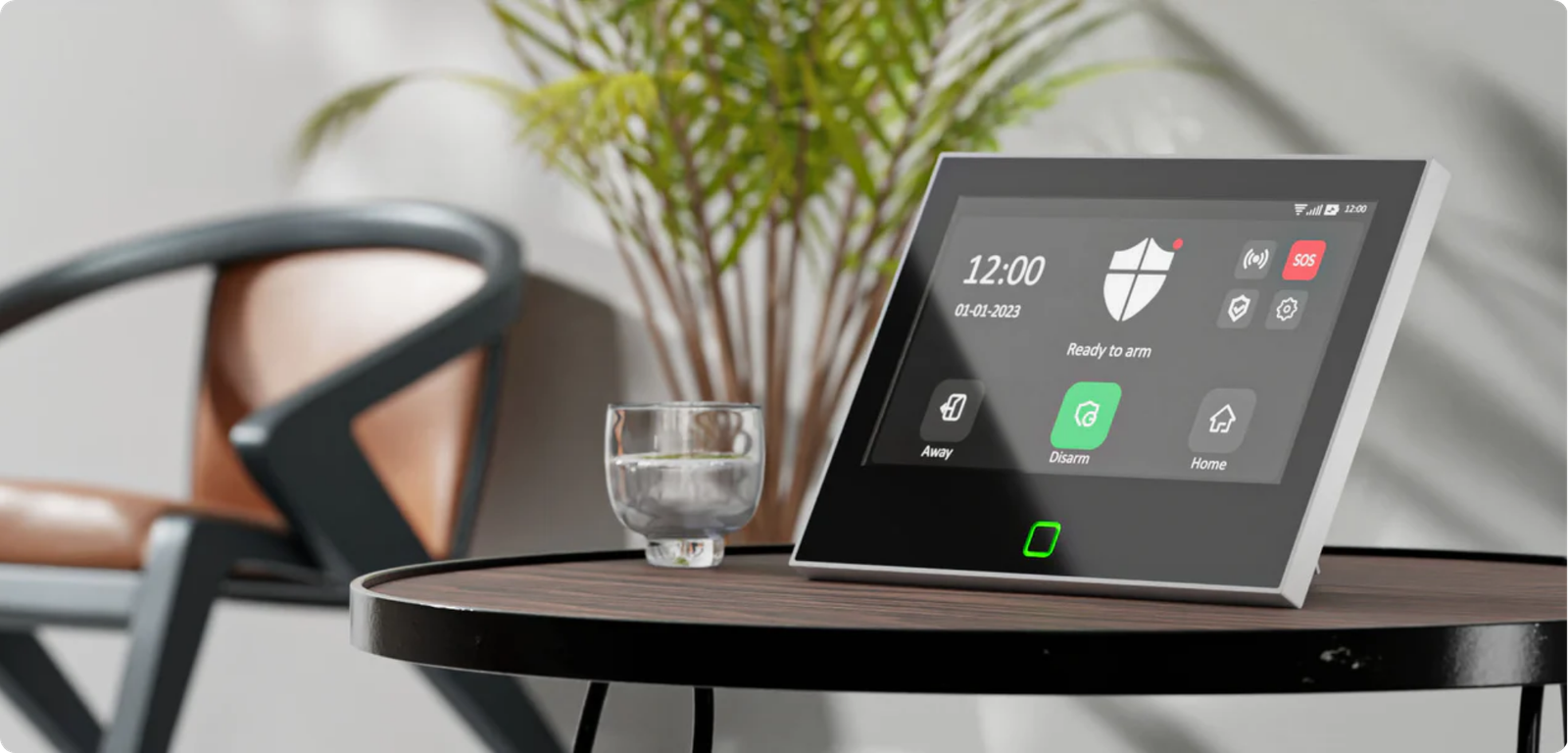
Why choose STANDY PRO LoRa ?
- Range up to 500 metres (1640 feet) STANDY PRO LoRa: Be safe in every part of your property, thanks to its extended 500-meter range between the STANDY PRO LoRa control unit and detectors and sensors.
- Ultra-reliable LoRa technology Take advantage of free 868 MHz frequencies for clear, secure data transmission.
- Quick and easy installation Connect your LoRa-compatible sensors, cameras and sirens without hassle. One system for seamless security.
- Interference reduction LoRa technology enables perfect communication, even in weak signal environments.
- Scalable and flexible Add additional sensors and devices as required.
Technical specifications :
Transmission type: LoRa communication protocol
4G SIM card compatible: Yes, with the 4G version option and the purchase of a SIM card for Alarm without subscription.
Wireless control technology: RF remote control, free application
Alarm siren: Built-in 115 decibels
Compatible applications: Smart Life, Tuya, Google Assistant, Amazon Alexa
Compatible accessories: > 150
Transmission frequency(s): 433 Mhz, eV1527
Dimensions (L x W x H): 183 x 135 x 18 mm / 7.2″ x 5.3″ x 0.7″ Inches
Weight (with batteries): 450 g
Color: White and Black
Power supply (battery): DC12V 1A external battery / DC5V 2A Type-C USB
Battery life: 24H on average, 3.7V 5000mAh
Status indicators: 177.8 mm / 7″ inch high-definition (HD) color touch screen
Installing the control unit: On a flat surface or on a wall/furniture (screws included).

Understanding the LoRa Alarm: An Innovative Security Solution
In an increasingly connected world, the security of buildings, industrial facilities and private homes is becoming a priority. LoRa technology, a low-energy communication protocol, plays a key role in modern alarm design. But what is a LoRa alarm and why is it increasingly used in the security sector? This article takes an in-depth look at this technology, its benefits, applications and promising future.
Introduction to LoRa technology
LoRa definition and operation
LoRa (Long Range) is a low-energy wireless communication technology designed to enable data exchange over long distances. It is particularly well suited to networks requiring low bandwidth, such as alarm systems. Its main advantage lies in its ability to transmit information over several kilometers, even in dense urban environments, while consuming very little energy.
LoRa technology uses free radio frequencies (e.g. 868 MHz in Europe and 915 MHz in North America), enabling wide geographic coverage and low operating costs. LoRa devices, such as sensors and alarms, are able to communicate with each other without the need for complex infrastructures, making it an ideal solution for large-scale security systems.
History and evolution of LoRa
LoRa was developed by Semtech Corporation in 2009 and rapidly gained popularity thanks to its ability to link numerous devices over long distances. Initially used in sensor networks for the Internet of Things (IoT), LoRa technology has evolved to meet the specific needs of security systems. By integrating alarms and detectors, LoRa offers extensive coverage and reliable communication in hard-to-reach areas.
What is a LoRa alarm?
Understanding LoRa Alarm and its application in security
A LoRa alarm is a security system that uses LoRa technology to transmit alerts between different devices, such as motion detectors, smoke sensors and control panels. Thanks to LoRa's extended range, alarms can cover large areas without the need for complex wiring. This ability to transmit data reliably, even over long distances, makes LoRa an ideal solution for a variety of applications.
LoRa alarms can be integrated into home automation or industrial systems, enabling remote monitoring via mobile applications or web interfaces. The absence of cables and ease of installation make LoRa the preferred choice for modern security installations.
The different types of LoRa alarm
There are several types of LoRa alarm, each adapted to specific needs:
- Motion detection alarms These devices detect any movement in a given area, immediately sending an alert to the surveillance system.
- Smoke alarms : These alarms are equipped with sensors that detect the presence of smoke, thus signalling a potential fire.
- Intrusion detection alarms These systems are designed to detect unauthorized entry to a building or property.
Each type of LoRa alarm is designed to work in perfect harmony with other systems, guaranteeing maximum security.
Advantages of LoRa Alarms
Improved Range and Reliability
One of the main advantages of LoRa technology in alarm systems is its impressive range. Unlike traditional alarms, which can be limited by signal range, LoRa enables coverage of up to several kilometers, even in complex urban environments. This ability to penetrate walls and physical obstacles makes it a highly reliable security solution.
Energy savings and autonomy
LoRa devices are designed to operate with extremely low power consumption, enabling them to run on batteries for several years. This not only reduces maintenance costs, but also guarantees extended autonomy, which is essential in alarm systems where continuity of service is paramount.
Interference resistance and data security
LoRa technology uses low-power radio frequencies that are less likely to be affected by electromagnetic interference. This improves communications reliability, ensuring that alerts are sent without disruption. What's more, LoRa uses advanced security protocols to protect data sent between devices, ensuring that sensitive information remains secure.
LoRa alarm applications
Home Security and Surveillance
LoRa alarms are increasingly used in home security systems. They offer a simple, effective solution for protecting homes against intrusion, fire and accident hazards. The ability to connect smart devices across a LoRa network enables centralized security management, offering peace of mind to homeowners.
Industrial LoRa Alarm Applications
In the industrial sector, LoRa alarms are used to monitor sensitive facilities, such as factories, warehouses or production sites. LoRa sensors can detect anomalies, such as gas leaks or fires, and immediately transmit alerts to safety managers.
LoRa Alarm in Fire Management Systems
Integration with smoke and heat detectors
LoRa alarms are particularly effective when integrated with smoke and heat detectors. They enable rapid transmission of information to rescue teams, guaranteeing a rapid response in the event of fire. This rapid communication is essential to minimize material damage and protect human lives.
LoRa alarm for urban infrastructure security
Large cities are also benefiting from the use of LoRa alarms to monitor their infrastructure, such as bridges, tunnels and metro stations. These systems enable early detection of problems, such as abnormal vibrations or electrical faults, to prevent accidents.
How do I install and configure a LoRa alarm?
Preliminary steps before installation
Before installing a LoRa alarm, it's essential to carefully plan the location of sensors and monitoring devices. It's important to ensure that the LoRa network covers the entire area to be monitored, and that all devices are compatible with each other.
Choosing Components for an Effective LoRa Alarm
The choice of components is crucial to ensure the proper operation of LoRa alarms. You need to select sensors adapted to specific needs (movement, smoke, temperature, etc.), as well as reliable communication devices to transmit alerts in real time.
Configuring and synchronizing LoRa devices
Once the devices have been installed, they need to be configured and synchronized with the central system. This can include programming threshold parameters, defining alerts and integrating with mobile applications or management interfaces.
LoRa Alarm Care and Maintenance
Checking Connectivity and Batteries
Regular maintenance is necessary to ensure that the LoRa alarm works optimally. This includes checking the connectivity of the LoRa network, as well as updating the batteries of sensors and other devices.
Software and firmware updates
LoRa systems may require software or firmware updates to ensure compatibility with new devices or to correct any bugs. So it's important to keep abreast of updates provided by manufacturers.
Periodic Tests and Performance Evaluations
Regular testing is recommended to verify the performance of the alarm system. This includes trigger simulations to ensure that alerts are transmitted correctly.
Security and confidentiality of LoRa alarms
LoRa Data Security Protocols
Data security is an essential aspect of any alarm system. LoRa uses advanced encryption protocols to protect information transmitted between sensors and the control system, ensuring that data remains confidential.
Piracy and Intrusion Risk Management
Managing the risks associated with hacking is crucial in modern security systems. LoRa alarm manufacturers implement defense mechanisms against intrusion attempts, actively monitoring networks and applying patches when necessary.
Comparison between LoRa Alarms and Other Security Technologies
LoRa vs. Zigbee, Wi-Fi and Bluetooth
Although LoRa is a popular wireless communication technology, other options include Zigbee, Wi-Fi and Bluetooth. Each of these technologies has its advantages and disadvantages, depending on range, energy consumption and installation complexity. LoRa stands out for its ability to cover long distances with low energy consumption.
Advantages and disadvantages of LoRa in the security sector
LoRa is particularly suited to environments requiring wide coverage and low power consumption, but may not be ideal for high-bandwidth applications. Nevertheless, LoRa alarms are an excellent choice for security systems that place a premium on reliability and autonomy.
Prospects and future of LoRa alarms
Future Trends in LoRa Security Systems
As cities become increasingly intelligent, the use of LoRa alarms in connected security networks continues to grow. Integration with technologies such as IoT and AI will open up new prospects for smarter, more responsive security systems.
The impact of the Internet of Things (IoT) on LoRa security
The IoT has transformed security systems by enabling seamless communication between hundreds of devices. In the near future, LoRa alarms could play a key role in the centralized management of data from a variety of sources, such as surveillance cameras, sensors and smart home appliances.
Conclusion: Why choose a LoRa alarm for your security?
Summary of key benefits of LoRa alarms
LoRa alarms offer extensive coverage, low power consumption and enhanced data security. Whether for domestic or industrial use, LoRa guarantees reliable monitoring and peace of mind thanks to its range and reliability.
Why the LoRa Alarm is the Ideal Choice for Modern Users
In a world where security is paramount, LoRa alarms represent an ideal solution for those looking to effectively protect their property, while benefiting from modern technology.
FAQ: Frequently asked questions about LoRa alarms
What distinguishes a LoRa alarm from a traditional alarm?
A LoRa alarm is distinguished by its ability to transmit data over long distances with low power consumption, making it more suitable for large installations.
How long do LoRa alarm batteries last?
LoRa alarm batteries can last for several years, thanks to the technology's low energy consumption.
Can LoRa alarms be integrated with other home automation devices?
Yes, LoRa alarms can be integrated with other home automation systems to create a secure, intelligent environment.
How easy is it to install a LoRa alarm yourself?
Yes, LoRa alarms are relatively easy to install, thanks to their wireless design.
Are LoRa alarms suitable for large companies?
Yes, LoRa alarms are perfectly suited to large businesses, thanks to their extended range and reliability.
What are the security limitations of LoRa technology?
LoRa's main limitation is its relatively low bandwidth, which makes it less suitable for applications requiring fast, high-volume data exchange.


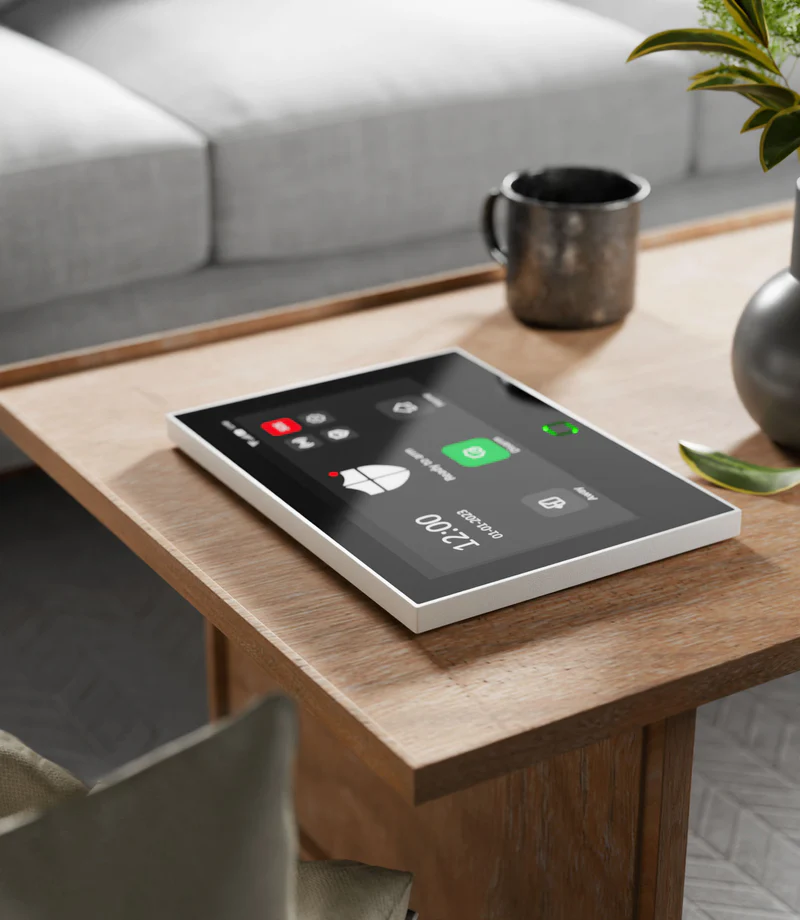
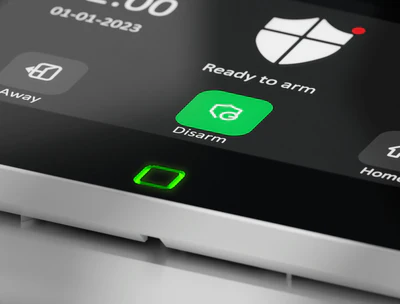
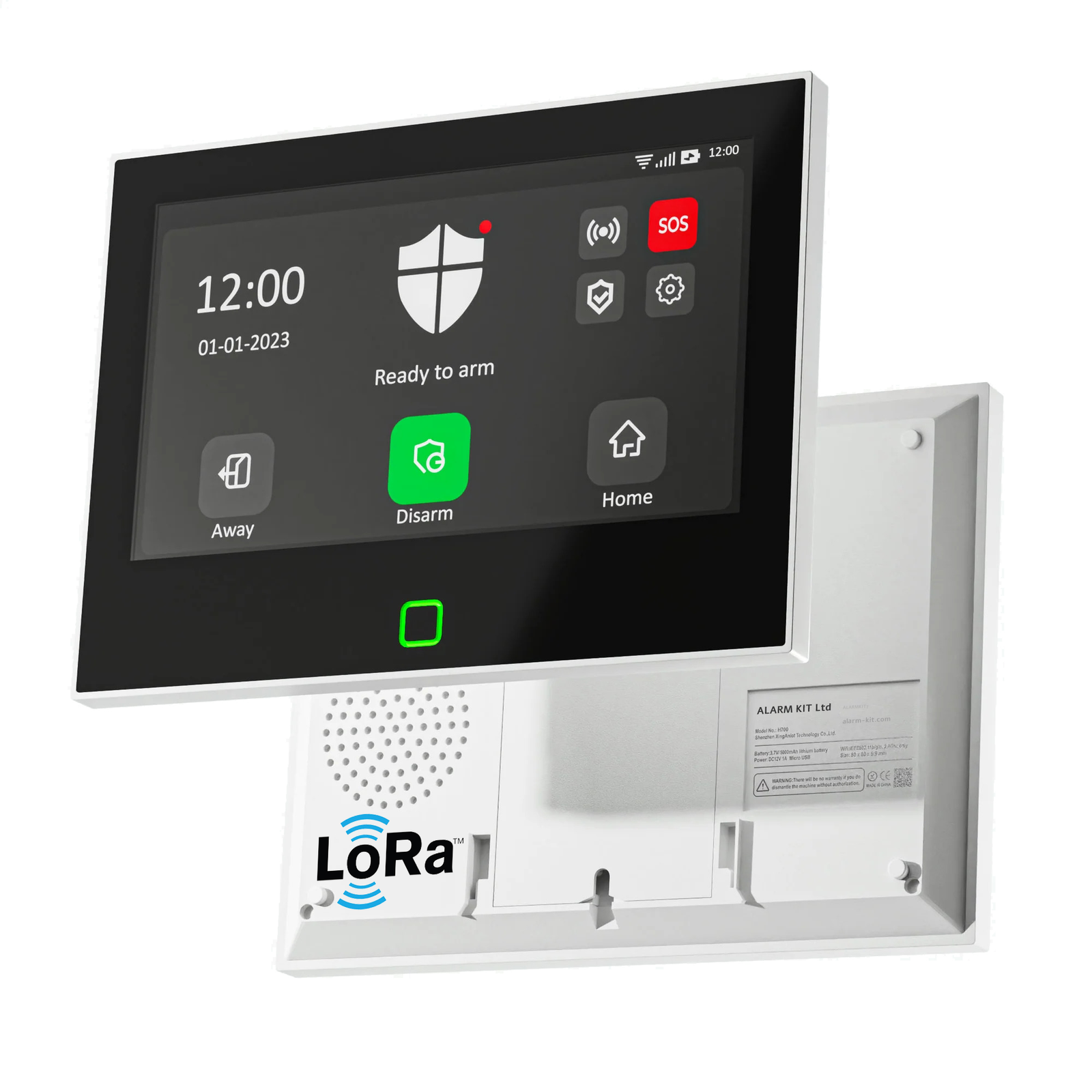
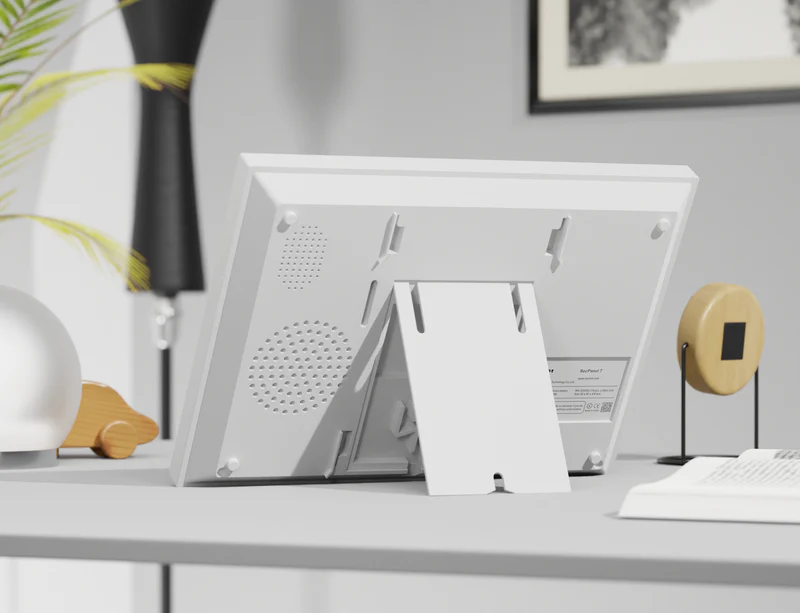


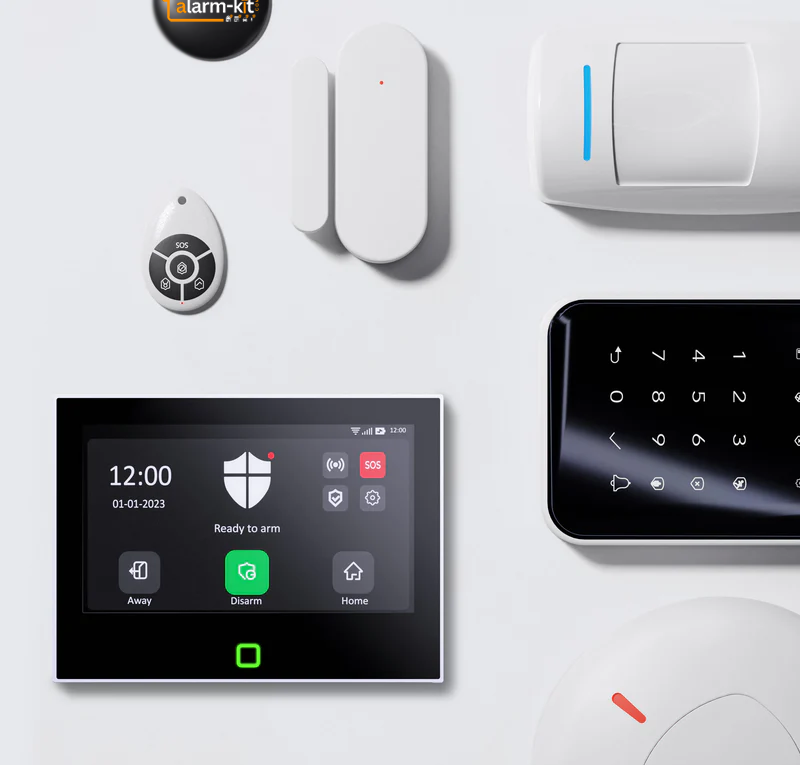



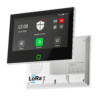














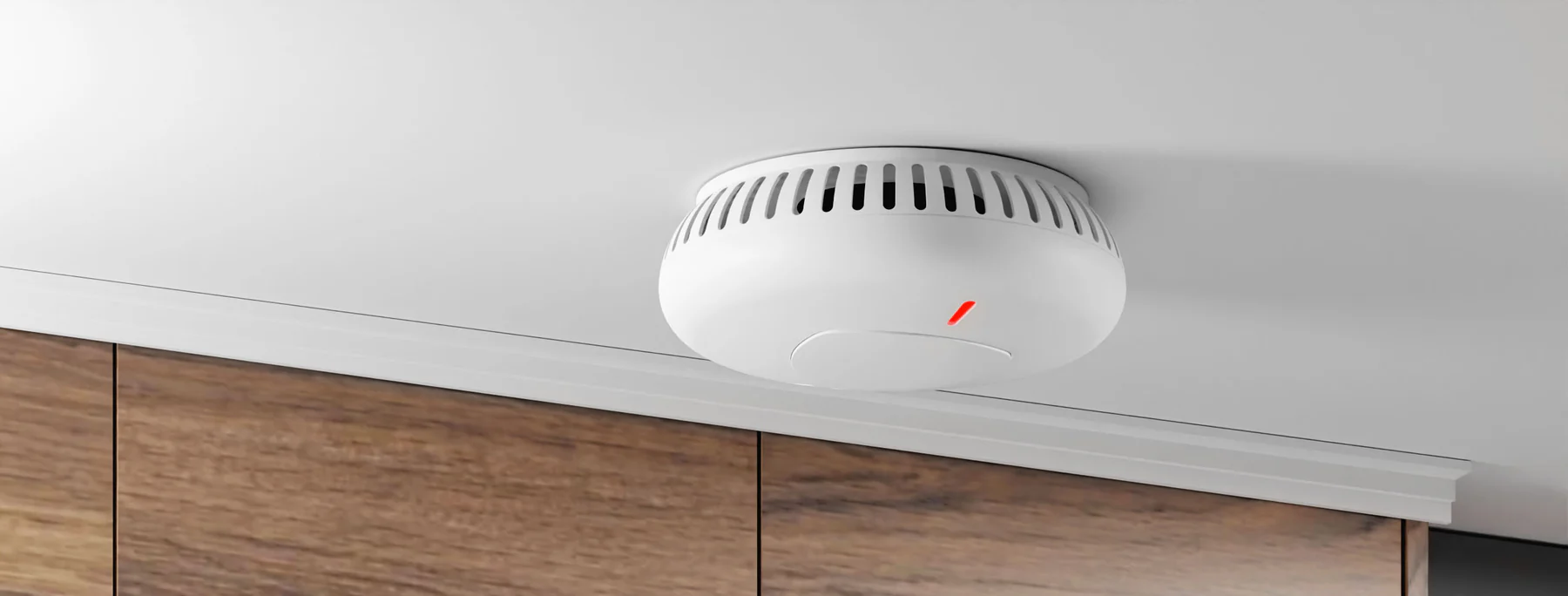


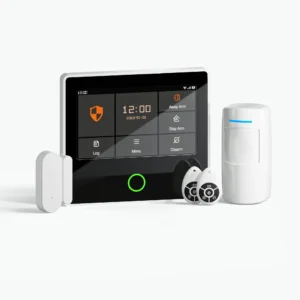
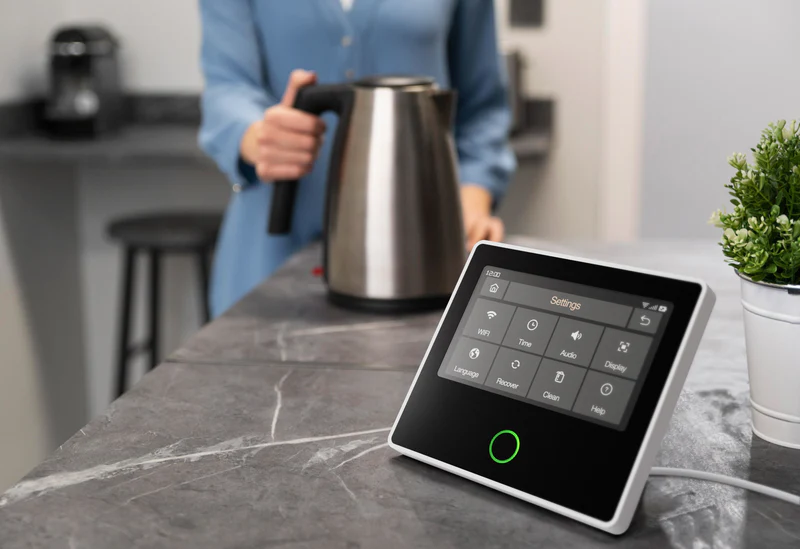
Reviews
There are no reviews yet.